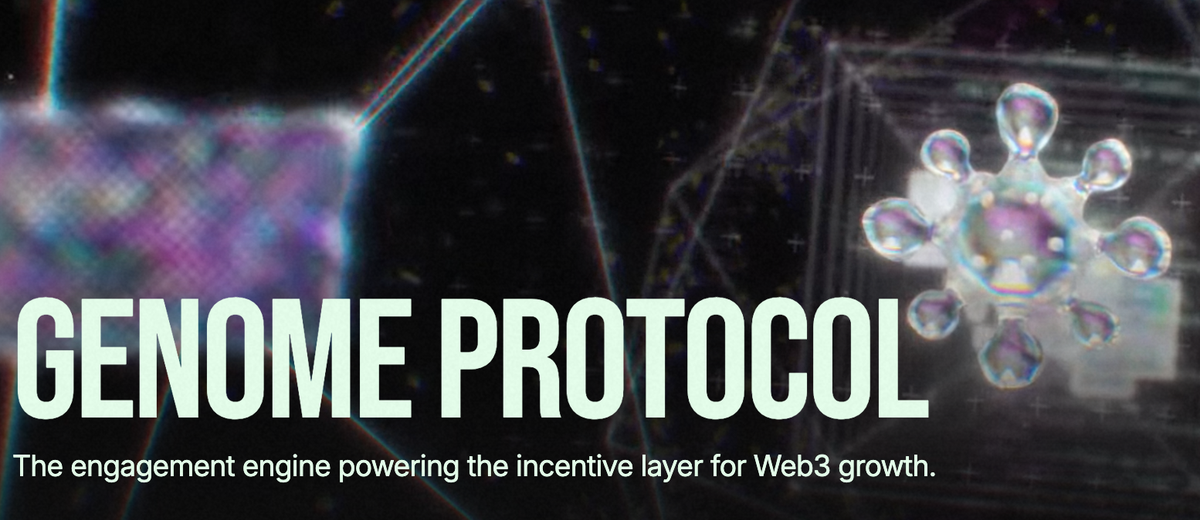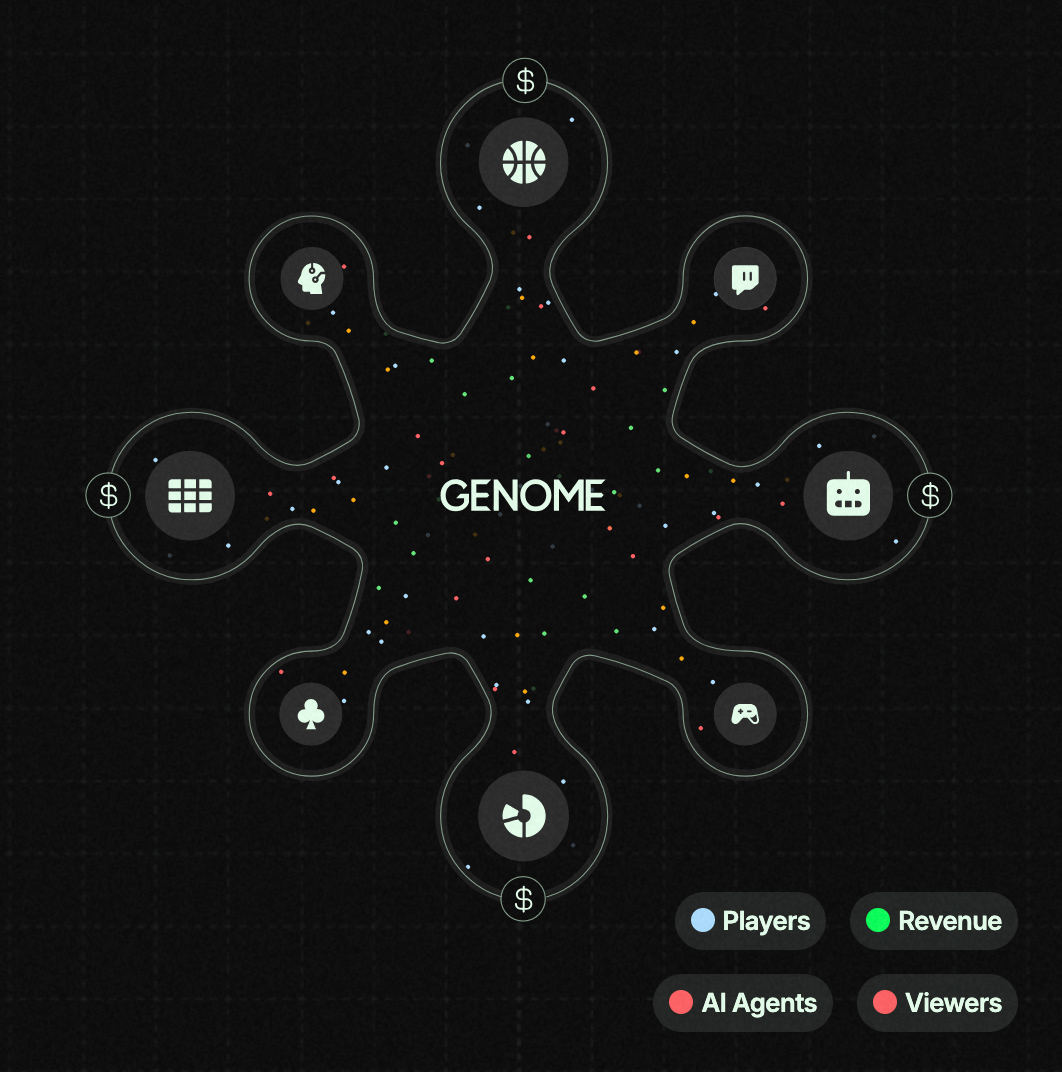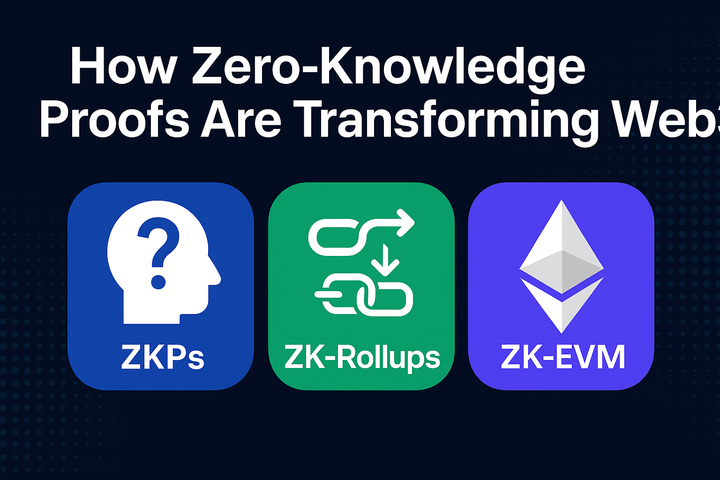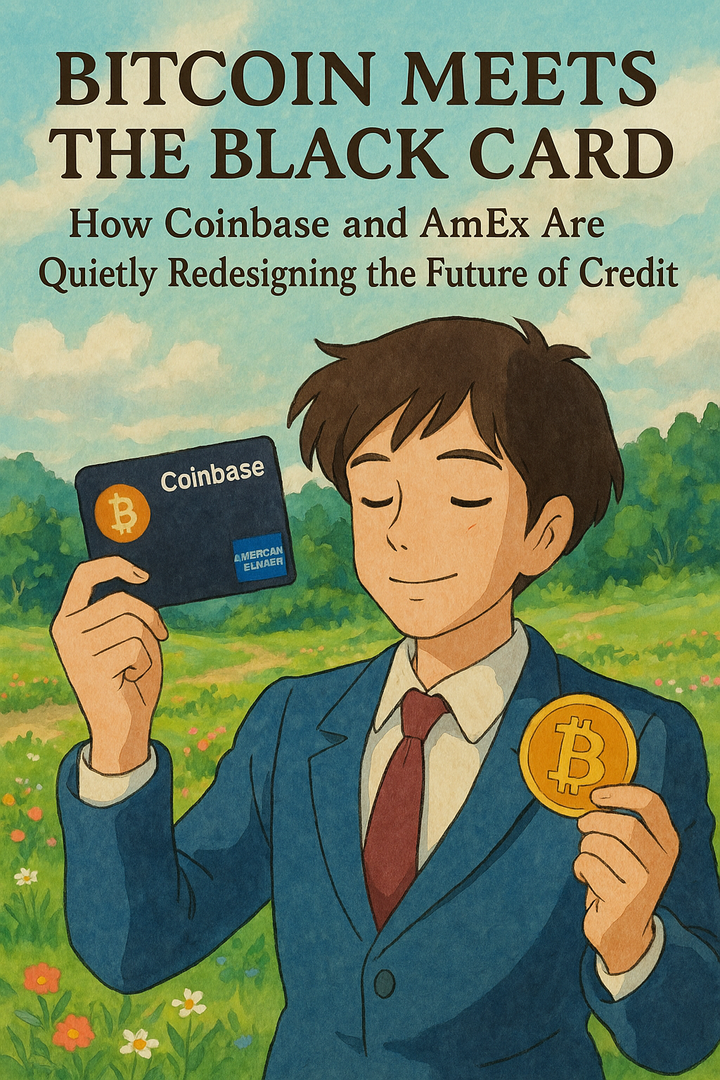Game On(chain): How Genome Is Leveling Up Web3 Gaming

Web3 gaming has long been a buzzword. Promising decentralized worlds, player-owned assets, and open economies. But most of what we’ve seen so far are Web2 games with token wrappers, plagued by frustrating UX, unsustainable economies, and average gameplay. That’s changing fast. Enter Genome, an AI-native gaming superchain that’s not just tweaking the system, but rebuilding the entire arcade from scratch.
Genome isn’t a game. It’s a fully composable, onchain operating system for gaming. A supercharged platform where anyone can build, own, and evolve games with AI, modular smart contracts, and a powerful economic layer that rewards actual engagement.
Let’s break down what makes Genome a game-changer, and why it’s getting the attention of builders, creators, and players alike.
What is Genome?
At its core, Genome is an AI-native superchain for gaming. It’s a vertically integrated stack that combines:
- AI-assisted game creation
- Modular onchain infrastructure
- Proof-of-Engagement incentives
- A community-owned publishing layer
The goal? To give developers, storytellers, artists, and players the tools to launch games that are:
- AI-generated (lore, characters, worlds)
- Fully onchain (composable and forkable)
- Governed by players (not publishers)
- Monetized through participation (not predatory models)
Imagine spinning up your own Elden Ring-style world, modding its rules in real-time, and watching it evolve as the community contributes to its narrative. Now imagine all of that is verifiable, tradeable, and remixable. All on onchain.
That’s the Genome vision.

AI-Native Game Creation
Traditional games take years to develop, and even minor updates require full dev cycles. Genome flips that on its head by integrating AI directly into the creation process.
Whether you’re building:
- Worlds
- Characters
- Dialogue
- Combat systems
- Music or lore
You name it. Genome’s AI tooling lets you co-create with models that understand genre, narrative arcs, player psychology, and more. You don’t need to be a professional game dev to bring an idea to life.
This opens up game creation to anyone, even a smooth brain operator like myself. Designers, writers, and even communities can now generate game content collaboratively and in real time.
Modular Onchain Infrastructure
Every component of a Genome game is modular and onchain, stored as smart contracts that can be reused, upgraded, or remixed by anyone.
- Want to use a battle mechanic from another game? Genome got you sorted, just fork it!
- Found a cool crafting system? Plug it into your world.
- Built a killer loot table? Publish it as a module others can adopt.
This turns game development into Lego-style composability. It also means players can own, trade, and interact with game logic itself. The result? Games that are open-ended, player-driven, and programmable.
All of this is powered by the Genome superchain!
A high-performance, EVM-compatible Layer 2 built specifically for games. It's fast, cheap, and optimized for real-time interactions, AI inference, and onchain state changes.
Proof of Engagement (PoE): The New Meta
Forget “play-to-earn.” It’s dead. Genome introduces Proof of Engagement (PoE). A smarter, more sustainable incentive layer that rewards actual attention and contribution.
Here’s how it works:
- Your in-game actions, creations, and interactions are tracked (on and offchain)
- A dynamic algorithm scores your engagement quality
- You’re rewarded with ENG tokens, which can be used to unlock content, vote on governance, or stake into games you believe in
This model doesn’t just reward grinders, but also uplifts creators, storytellers, community mods, and even memers who shape culture around a game.
And importantly, attention = value. In an AI-native world, data is gold (or the new oil as the saying goes), and PoE is how Genome captures and channels it.
Superchain, Superpowers
Genome calls itself a superchain for a reason. Unlike general-purpose L2s or app chains, Genome is vertically specialized for gaming. That means:
- Low-latency execution (for real-time gameplay)
- Native support for AI interactions (using rollups with inference layers)
- Game-specific primitives (e.g., game state, quests, modding, assets)
- Built-in economics (PoE rewards, creator royalties, dynamic treasuries)
In short, Genome is the gaming equivalent of a purpose-built city, not just a sandbox with some arcade machines inside.
It also integrates modular interoperability, meaning assets, characters, or even entire narratives can move across games, and players can explore multiverse-style storytelling across multiple titles in the Genome ecosystem.
The Creator Economy, Supercharged
Genome is also rethinking how games are published and monetized. Instead of relying on publishers or whales, the ecosystem is governed by a community-run protocol and a growing set of DAOs.
Key components include:
- Game DAOs: Each game can launch its own subDAO for governance
- ENG token: The native token of the superchain, used for staking, governance, and engagement rewards
- Launchpad: A community-curated platform for bootstrapping new games
Developers can launch games with programmable economies, streaming royalties, and creator incentives baked in. It’s like Steam meets Kickstarter meets DeFi — but fully decentralized and AI-native.
Already Playing: Genome in Action
Genome is already powering a growing list of games and experiments, including:
- AI-driven dungeon crawlers
- Storytelling RPGs with player-written quests
- Auto-battlers where characters evolve via user-generated prompts
- Fully onchain MMOs with emergent AI NPCs
These aren’t theoretical. Genome’s tools are live, its incentives are working, and its ecosystem is expanding fast.
Final Boss: The Future of Gaming Is Autonomous
The ultimate vision for Genome is bold: a world of autonomous, evolving, onchain games that no single entity controls — yet everyone can shape.
It’s about building living, breathing game worlds where:
- Lore writes itself
- Players vote on story arcs
- Game systems are forked like open source code
- Communities become co-authors of entire universes
In this new world, games never truly “launch”, they spawn, grow, mutate, and fork.
Conclusion: The Game Has Changed
Genome isn’t just pushing gaming forward, think of it as redefining what a game even is. By fusing AI creativity, modular onchain infrastructure, and an attention-driven economy, Genome unlocks a future where games aren’t static products but living, evolving digital organisms.
This is more than a tech stack, it’s a movement. One where players are builders, lore is co-authored, economies are earned through action, and every click writes a new line of history.
Whether you’re a dev, a storyteller, a strategist, or just someone who loves to play, Genome gives you the tools and the chain to co-create the next era of gaming.
References
Genome Protocol. (2024). Genome: AI-native superchain for gaming [Litepaper]. https://genomeprotocol.com/litepaper
Mitosis University. (n.d.-a). DeFi: Decentralized finance. https://university.mitosis.org/defi/
Mitosis University. (n.d.-b). Web3: The next generation of the internet. https://university.mitosis.org/web3/
Mitosis University. (n.d.-c). Off-chain data: Bridging real-world data into blockchains. https://university.mitosis.org/off-chain-data/
Mitosis University. (n.d.-d). On-chain data: Blockchain’s public memory. https://university.mitosis.org/on-chain-data/
Mitosis University. (n.d.-e). Modular blockchain: The future of scalable chains. https://university.mitosis.org/modular-blockchain/
Mitosis University. (n.d.-f). Layer 2: Scaling solutions for blockchains. https://university.mitosis.org/layer-2/



Comments ()